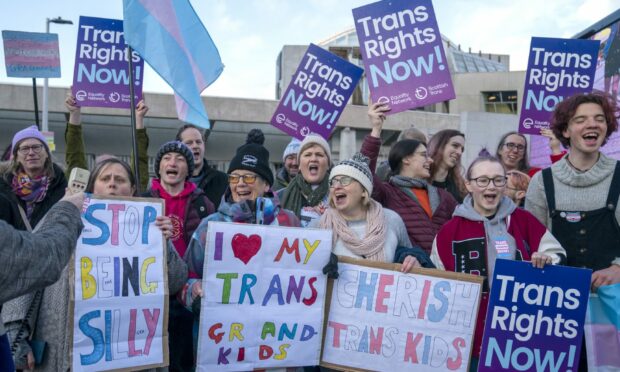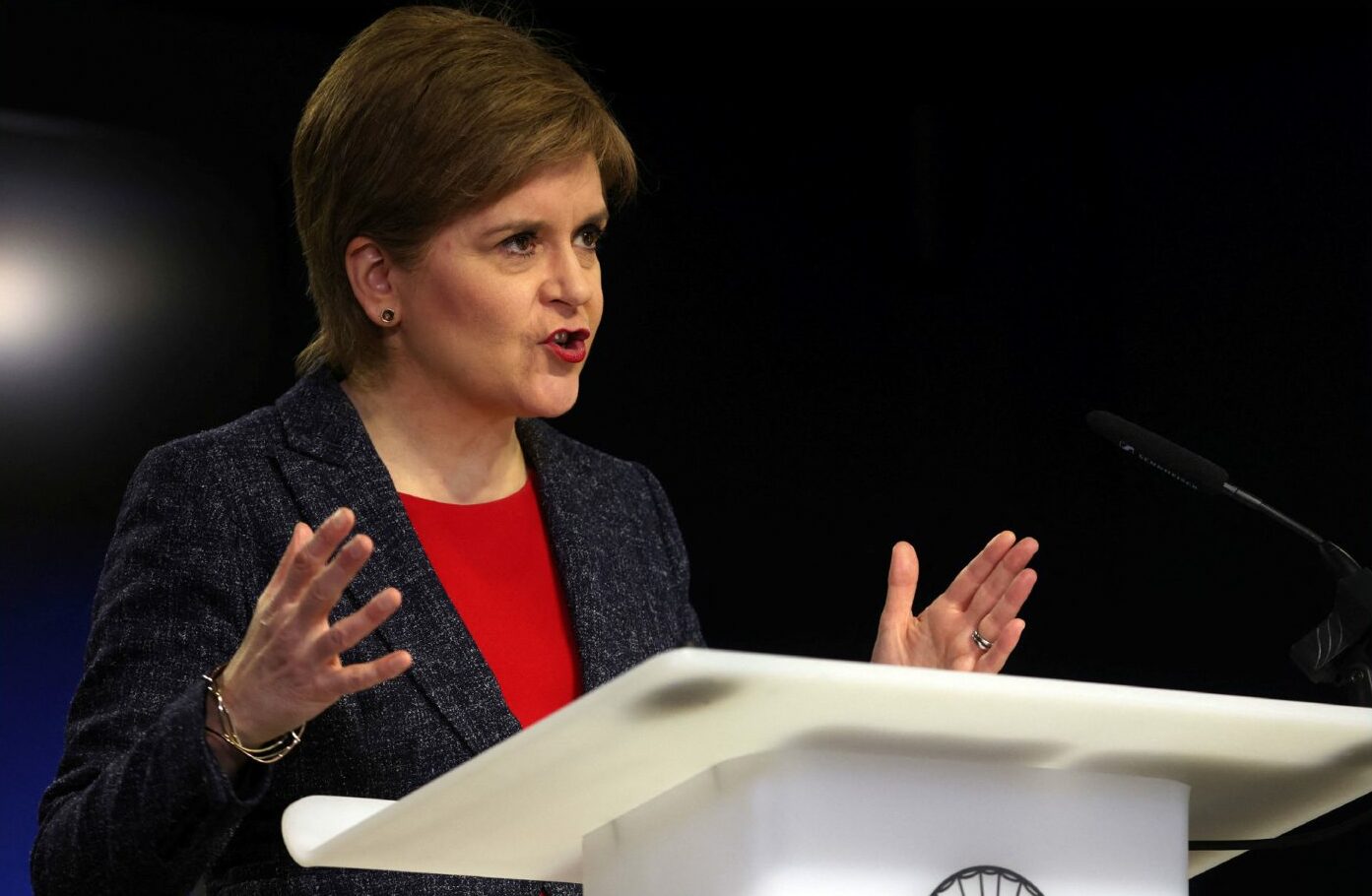They say the past is another country. I’m not so sure.
If you travelled 23 years back in time today and tuned in to the debates gripping Scottish politics and the newly minted Scottish Parliament in early 2000, I think you’d barely be able to tell the difference between then and now.
“Our opposition is based not on intolerance, but on what we feel is a genuine concern that hasn’t been listened to”, said a leading children’s rights campaigner.
“Parents and pupils are sick to the back teeth of liberal-minded people foisting their morality onto them”, wrote a Scottish teacher in the letters pages of TES.
“We are honourable people fighting an honourable cause”, asserted Cardinal Tom Winning.
Moral panics are nothing new.
The current one – which seeks to demonise trans people as a danger to women and girls – bears an uncanny resemblance to the one articulated above which brought in Section 28 and opposed its repeal.
And a moral panic is all the more effective today in the age of social media, with its endless capacity for feeding unfiltered misinformation to every screen.
But even without the Facebook effect, the high-profile fearmongering of the Keep The Clause campaign in 2000 resulted in a significant majority of people wanting to keep Section 28 in force in Scotland’s schools.
Carefully crafted lines promoted fears that children would be endangered, misled and even brainwashed if it was repealed.
And opinion poll after opinion poll showed the public opposed the repeal, just as they opposed equalising the age of consent for gay men.
‘Feared effects did not materialise’
I can understand that people who did not live through those campaigns, or experienced them as background noise rather than the bloody fight they were for those in the front line, might have constructed a kinder version of this history for themselves.
Surely Scotland has always been an enlightened place?
Surely the steps we have taken towards LGBT equality have all happened with public consent?
I’m afraid not.
I’ve been involved in Scottish LGBT rights campaigning for more than 30 years and every single push for equality was initially met with overwhelming public opposition.
So we need to be very careful when bandying around phrases like “legitimate concerns”, as many politicians have started to do, when talking about issues like gender recognition reform and wider trans rights.
We need to remember that is precisely how objections to the Section 28 repeal, the equal age of consent, gay adoption rights, civil partnerships and equal marriage were framed too.
And we need to acknowledge that history has proven, very clearly, that the concerns expressed about each of these changes were not legitimate.
The feared effects did not materialise.
The children, it turned out, did not need saved from anyone except those whose closed minds wanted to prevent them from being themselves.
So gender recognition reform is now mired in yet another political dispute, and the public that has been fed a non-stop diet of “be afraid of the trans people” for the last three years is telling pollsters they oppose the bill.
It’s time to remember that the role of our elected representatives has never been, and should never be, to simply give voice to the cultivated prejudices of the people.
Our MPs and MSPs are instead elected to represent our best interests.
The lesson from history is that the politicians in 2000 who merely aped public opinion and promoted fearmongering achieved little, were eventually seen for what they were and have almost all since accepted they were wrong.
By contrast those who chose instead to lead, basing their actions on values and principles rather than polling, and standing up against prejudice rather than running in fear of it, are lauded by history.
That’s a lesson today’s leaders would do well to remember.
Duncan Hothersall helped to set up Pride Scotland and the Equality Network, and is a Scottish Labour activist.













Conversation